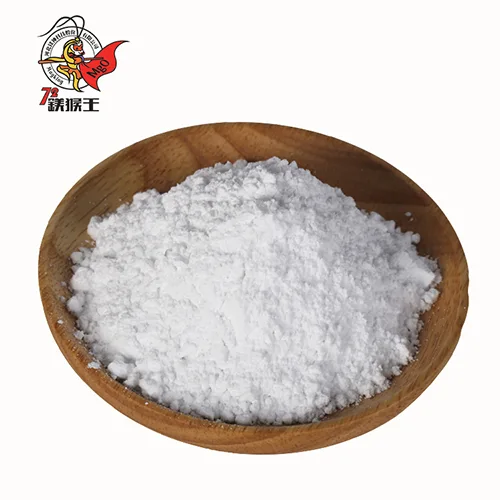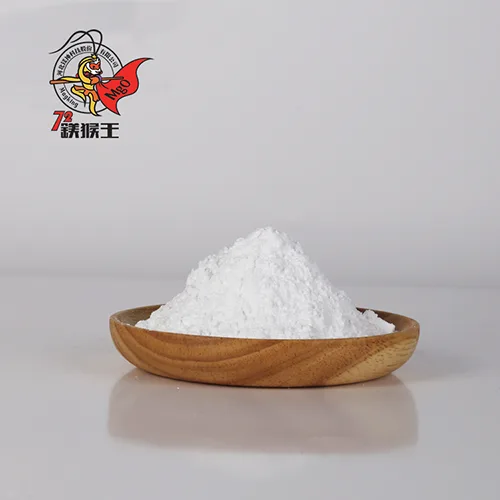Magnesium oxide (MgO) is an essential industrial material with a wide range of applications due to its high melting point, alkalinity, refractory properties, and excellent insulation. It is widely used in building materials, chemical production, environmental protection, metallurgy, electronics, and other fields. This blog explores the diverse applications of industrial magnesium oxide and highlights its benefits in each sector.
Application of Industrial Magnesium Oxide
Refractory Materials and Building Materials
One of the most significant applications of magnesium oxide is in refractory materials, where its high melting point (over 2,800°C) makes it an excellent choice for extreme temperature environments. Common applications include:
- Steelmaking Furnace Linings: MgO is widely used in linings for electric arc furnaces (EAF), basic oxygen furnaces (BOF), and ladles in steel production. It provides excellent resistance to thermal and chemical wear.
- Refractory Bricks and Castables: Magnesium oxide is a key component in magnesia bricks, magnesia-carbon bricks, and other refractory castables used in cement kilns, glass melting furnaces, and non-ferrous metal furnaces.
- Magnesium Cement: MgO is an additive in specialty cements like Sorel cement, which provides high-temperature resistance, fast setting time, and durability for industrial construction.
Environmental Protection
Magnesium oxide plays a critical role in environmental protection applications, particularly in wastewater and waste gas treatment:
- Acidic Wastewater Treatment: MgO neutralizes acidic wastewater, forming magnesium hydroxide (Mg(OH)₂), which further adsorbs heavy metal ions, aiding in their removal from industrial effluents.
- Flue Gas Desulfurization (FGD): In power plants, magnesium oxide reacts with sulfur dioxide (SO₂) in flue gas to form magnesium sulfite (MgSO₃) or magnesium sulfate (MgSO₄), reducing harmful emissions more efficiently than calcium hydroxide-based treatments.
- Adsorbents for Heavy Metals: Magnesium oxide’s high surface area allows it to act as an effective adsorbent for removing pollutants such as lead, arsenic, and mercury from water and soil.
Metallurgical Industry
Magnesium oxide has several important functions in the metallurgical industry, particularly in smelting and refining processes:
- Flux in Metal Smelting: MgO is used as a flux in steel and non-ferrous metal smelting to reduce the melting point and remove impurities, improving metal purity and efficiency.
- Furnace Lining Material: Its excellent thermal and corrosion resistance makes it a preferred material for lining high-temperature furnaces used in iron, steel, and non-ferrous metal production.
- Covering Agent in Aluminum Production: Magnesium oxide prevents oxidation and reduces dross formation during aluminum and magnesium alloy production, enhancing product quality.
Electronic and Electrical Materials
Due to its excellent insulation and thermal conductivity, magnesium oxide is widely used in the electronics and electrical industries:
- Insulating Layers in Cables: MgO is used as an insulation material in high-temperature-resistant electrical cables, ensuring safety and reliability in industrial applications.
- Substrate Material for Electronic Components: It serves as a heat-resistant substrate in circuit boards and electronic devices.
- Magnetic Materials: MgO is used as an additive in ferrite production to improve magnetic properties in applications like transformers and electronic devices.
Rubber and Plastics
Magnesium oxide plays a vital role in the rubber and plastics industries, where it acts as a functional additive:
- Filler and Reinforcing Agent: It enhances the mechanical properties of rubber and plastic products by improving tensile strength and durability.
- Acid Acceptor in Vulcanization: MgO is used in the vulcanization process of rubber, especially in chloroprene rubber (CR) and nitrile rubber (NBR), to absorb acidic by-products and ensure proper cross-linking.
- Heat and Weather Resistance: Magnesium oxide improves the heat resistance and stability of rubber compounds used in automotive and industrial applications.
Glass and Ceramics
Magnesium oxide is also a crucial material in glass and ceramic production, where it improves product quality and performance:
- Glass Manufacturing: It is added to glass formulations to enhance chemical stability, thermal resistance, and mechanical strength.
- Ceramic Products: MgO is used in the production of high-performance ceramics, including advanced refractories, electrical ceramics, and bioceramics used in medical applications.
- Glazing and Coating Applications: In ceramics, magnesium oxide contributes to glaze formulations, improving the durability and appearance of finished products.
Conclusion
Industrial magnesium oxide is an indispensable material across multiple industries due to its unique chemical and physical properties. From refractory applications and environmental protection to metallurgy, electronics, rubber, and ceramics, MgO enhances the performance, durability, and sustainability of numerous products and processes. As industries continue to seek advanced materials, the demand for high-quality magnesium oxide will only grow.
FAQs
1. What is the difference between light and heavy magnesium oxide?
Light magnesium oxide has a higher surface area and reactivity, making it suitable for applications like rubber compounding and environmental treatment, whereas heavy magnesium oxide is denser and used in refractory and metallurgical applications.
2. How does magnesium oxide compare to calcium-based compounds in wastewater treatment?
Magnesium oxide is more effective than calcium hydroxide in neutralizing acidic wastewater and removing heavy metals due to its superior adsorption capacity and reduced sludge formation.
3. What are the advantages of using magnesium oxide in flue gas desulfurization?
MgO provides higher efficiency, lower operating costs, and produces valuable by-products like magnesium sulfate compared to traditional calcium-based desulfurization methods.



